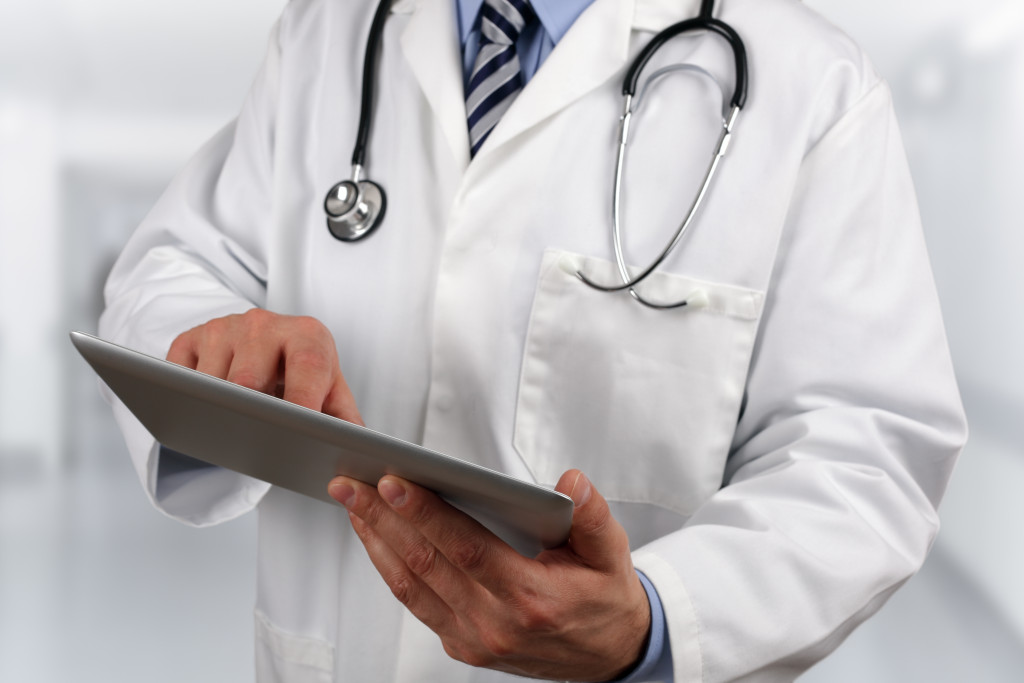Technology has played a significant role in the past few decades. For example, technology has made it easier for us to communicate with others and get news and information at our fingertips. This is true in many industries, including healthcare. In fact, technology has allowed doctors and patients to connect in ways that weren’t possible before.
Use of Digital Signatures
A digital signature is a type of electronic seal used to verify the authenticity of a message or document. Digital signatures are often used to implement electronic signatures, establish non-repudiation, and detect forgery or tampering.
A digital signature is usually based on cryptography. It involves encrypting some information using private key information held by the party signing the document or message (the signer) so that any recipient can verify that the holder indeed made the signature of the corresponding public key. They are often used in online transactions to prove identity, ensure non-repudiation and authentication, provide integrity and authentication services, and create legal documents digitally with legally binding effects under certain circumstances.
Teleconsultation
Teleconsultation is a digital communication system allowing doctors to consult remotely with patients. Doctors use it to help diagnose and treat patients over a distance. Patients also use it to get medical advice or treatment from a doctor they can’t see in person. In fact, some parents are currently using this method for immediate pediatric care and getting advice from a doctor about their child’s health. The doctor can use teleconsultation to consult with patients through video conferencing, which is often seen as an effective way of providing medical care in remote locations.
A telemedicine platform can be accessed through an app on your phone, tablet, desktop computer, or laptop computer at any time of day or night, allowing you to contact your provider immediately if you need something done.
Electronic Health Records (EHRs)

Electronic health records (EHRs) are records of a patient’s health history. They can include patient demographics, medical history, medication lists and allergies, test results, and procedures performed.
Health professionals can also use EHRs to track fitness and wellness. According to the Centers for Disease Control and Prevention (CDC), 85.9% of all office-based physicians use an electronic medical record system in their practices. By tracking this data electronically rather than manually filling out paper forms, physicians can more easily access, share and update patient records.
In addition, they can help physicians make more informed treatment decisions based on the latest information. This is because multiple providers can easily update and access electronic health records, so physicians can more quickly identify treatment options that are best for their patients.
Medical Drones
Medical drones are used for medical purposes to transport medicine, blood, and other supplies to remote areas. They also have many uses, such as in emergencies and remote surgery. In fact, many hospitals today are already using drones to transport supplies, blood, and medicine to remote areas. They are also used in emergencies such as car accidents where the patient has a severe injury that needs urgent attention.
There are many exciting ways that medical professionals can use medical drones in the future. For example, they can be used for urgent medical evacuations or even as an alternative means of transportation between hospitals and clinics in rural locations where no road access is provided by traditional vehicles such as ambulances or helicopters. There’s no predicting exactly how the use of medical drones will develop in the future. Still, it’s clear that they are already becoming an essential part of modern medicine.
Mixed Reality for Doctors and Patients
In the healthcare field, mixed reality is being used as a tool to assist doctors and patients. As an example of how it works, imagine that you are a doctor who needs to show a patient what her heart looks like after surgery. Doctors would use a camera to scan the patient’s body, showing this image in real time through mixed reality glasses.
Doctors could walk around the patient’s body and see exactly what she sees—or even use their hands or voice controls to interact with the virtual model of her heart. The process can help doctors better explain medical procedures and give patients peace of mind about their health condition by providing them with an interactive view of their own bodies. These same benefits can apply across other industries where visualization technology is used for education purposes (i.e., architecture).
Closing Thoughts
Technology has been a great boon to healthcare. It has helped to make the practice of medicine more effective, accurate, and efficient than ever before. From electronic records to telemedicine and other new technologies, we can expect this trend to continue into the future.


